Struggling to find content to share on your social media pages?
Our consumer lifestyle blog, Living Room, offers content including home improvement, market trends, DIY projects, neighbourhood guides and profiles on unique homes. Living Room publishes exciting new content four times a week (with unique French content for our Francophone fans).
While CREA Café is curated specifically to help your business grow and thrive, Living Room content is perfect to share with your clients.
Owned and operated by the Canadian Real Estate Association (CREA), REALTOR.ca is the No. 1 real estate platform in Canada (Comscore, 2020) with MLS® System listings from across the country.
Share this blog with your clients and follow REALTOR.ca on Twitter, Instagram and Pinterest.
You can read the original blog here.
To set the record straight for the international reader, we don’t all say “aboot”. Even if you catch us saying “aboot” we will never admit we said “aboot.”
OK, enough aboot that, eh?
While our English dialect is recognizable virtually anywhere, Quebecois French has its own fierce and proud identity. So, yes, Canadian slang has its own quirky twists and turns.
We explored the origins of some of the most iconic Canadian foods in 2018, now we’ll look at words and phrases that set the country apart from the rest of the world—and sometimes apart from ourselves, from province to province.
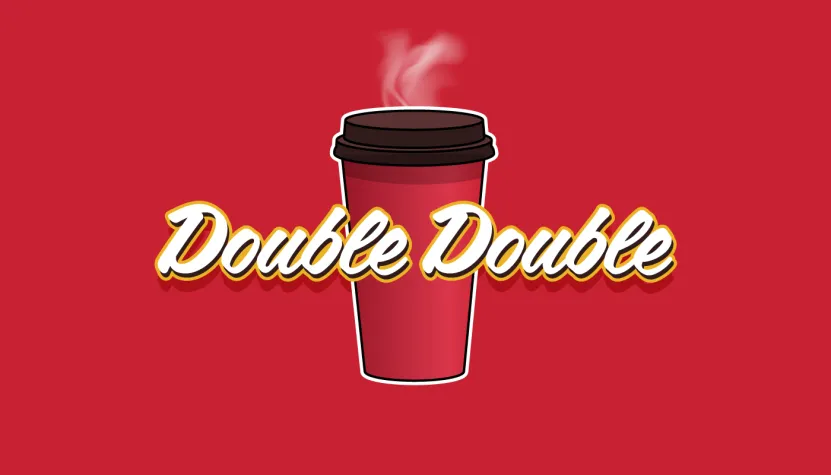
Double-double
Next to eh, double-double is likely the most ubiquitous bit of Canadiana, a coast-to-coast phrase denoting a coffee with two cream and two sugar. However, when it comes to coffee, there are some regional peculiarities.
In parts of Ontario, the word regular stands in for one cream and one sugar. Combine it with your preferred size and you might order a large regular.
Go to Manitoba, however, and you’ll be met with a blank stare. Regular is a cup size, equivalent to a medium elsewhere. If you catch that stare, just go with, “forget it, I’ll have a double-double.”
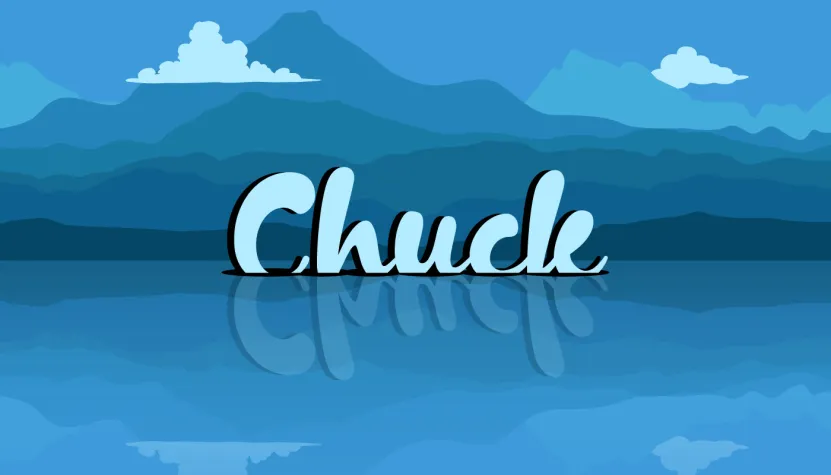
Chuck
To some, the word chuck would signify a cut of beef. However, if you’re in the Vancouver, British Columbia area, chuck refers to a body of water. To get even more specific, saltchuck refers to the saltwater bodies between Vancouver and Vancouver Island.
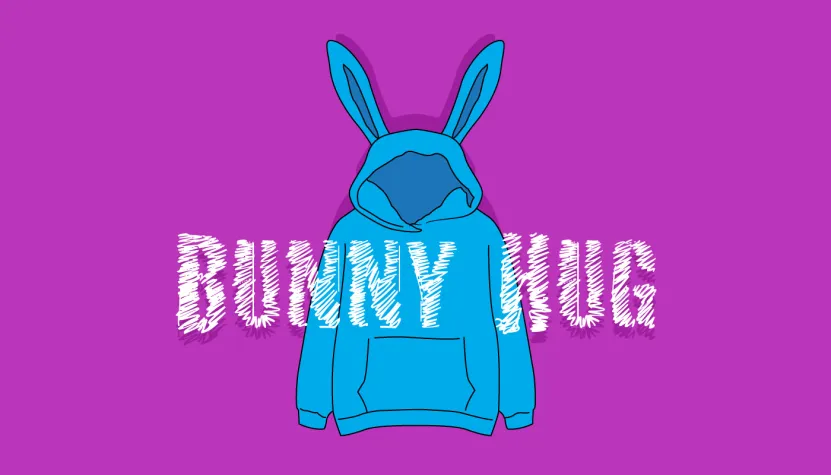
Bunny hug
Who wouldn’t want a bunny hug? It just sounds cozy. In Saskatchewan, a bunny hug is the warmish attire known to the rest of the world as a hoodie.
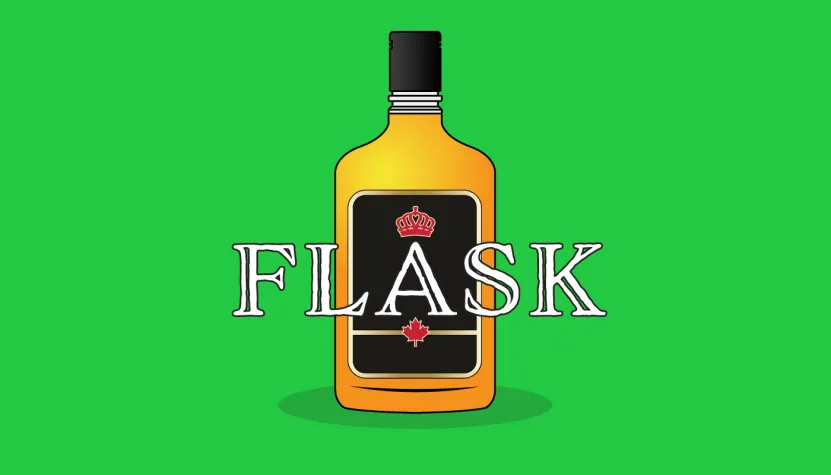
Flask
Though most of Canada recognizes the moniker mickey as meaning a 375 millilitre bottle of alcohol—Ontarians get them at the lickbo (Liquor Control Board of Ontario or LCBO)—Nova Scotians call it a flask.
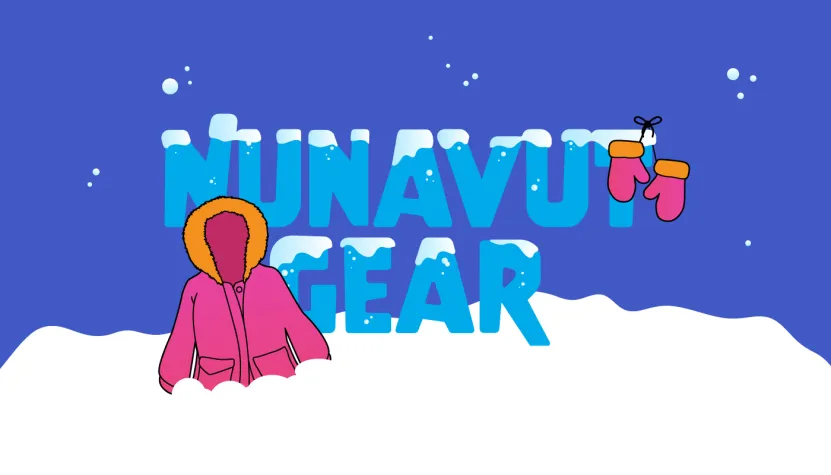
Nunavut gear
The pace of life in Canada’s newest territory is dictated by the weather. You may need to shift to Nunavut gear when a blizzard puts everyday living on hold.
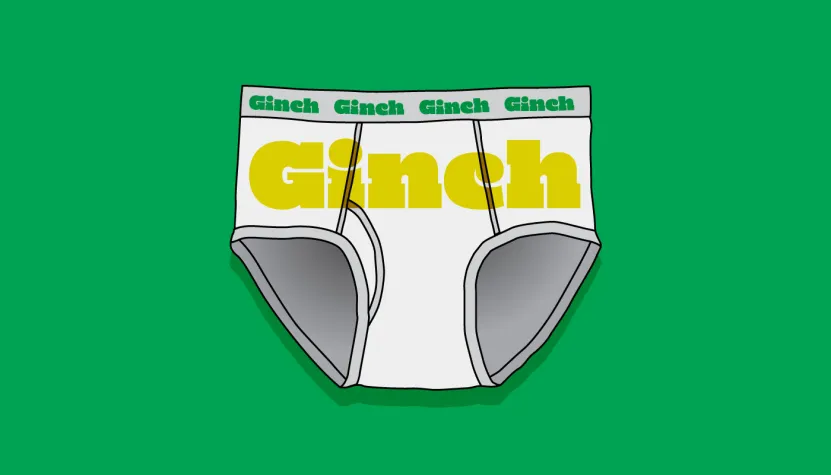
Ginch
They may be tighty-whities or boxers elsewhere, but men’s underwear are called ginch in Alberta. Related terms like gitch, gonch, gotchies and other variations see regional use across the country.
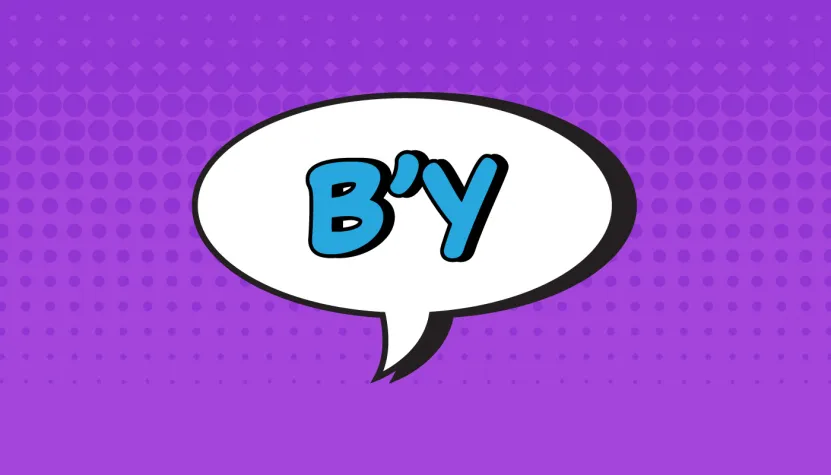
B’y
The closer you are to the Atlantic Ocean, the more likely it is you’ll encounter the word b’y, pronounced close to “bye”, but with its own little twists. Its usage is widespread through Newfoundland and the south shore Nova Scotia, and it’s equally widespread in meaning and application in speech. You’ll rarely hear b’y on its own without some other local colour thrown in. Go on b’y, it just ain’t done.
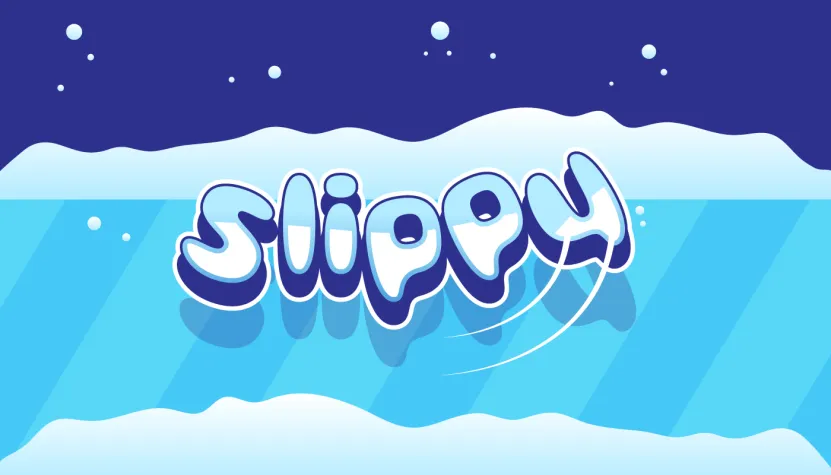
Slippy
In Canada, ice is slippery everywhere, except in Prince Edward Island. There, it’s slippy. It might be due to all the potato starch, but this isn’t yet proven.
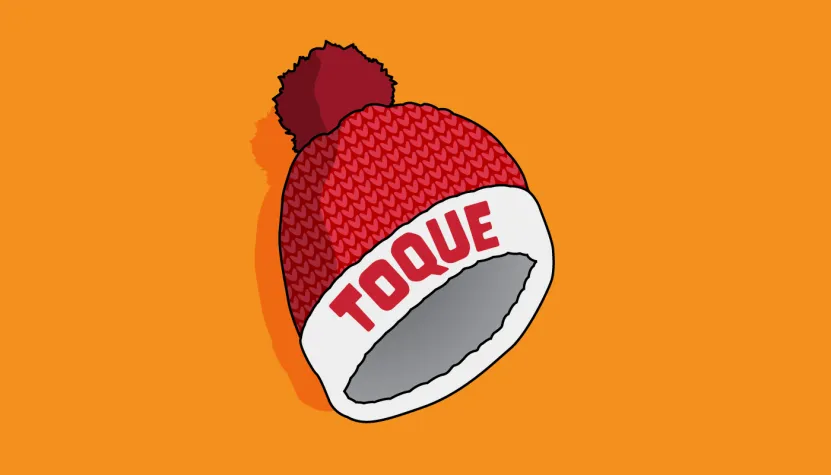
Toque
In Canada, toque is such a basic word for a knit cap, usually topped with a pompom. It’s just a toque, eh? In Quebec, a toboggan run may start with warning your blonde (a girlfriend, no matter what her hair colour) to attache ta tuque, or hold on tight.
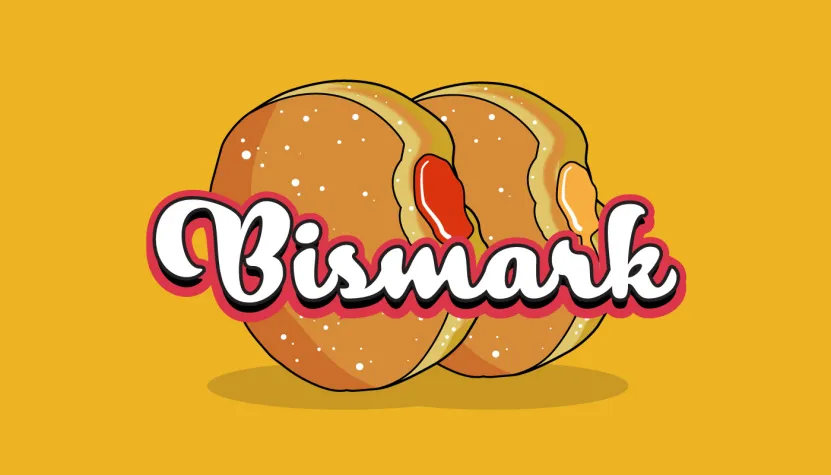
Bismark
Donut is the Canadian version of the more American doughnut, but regional variations creep in confusingly. Manitoba refers to cream-filled donuts as bismarks, a term also used in Alberta and Saskatchewan, except in those locations a bismark is filled with jelly. In Winnipeg, a jelly donut is a jambuster.
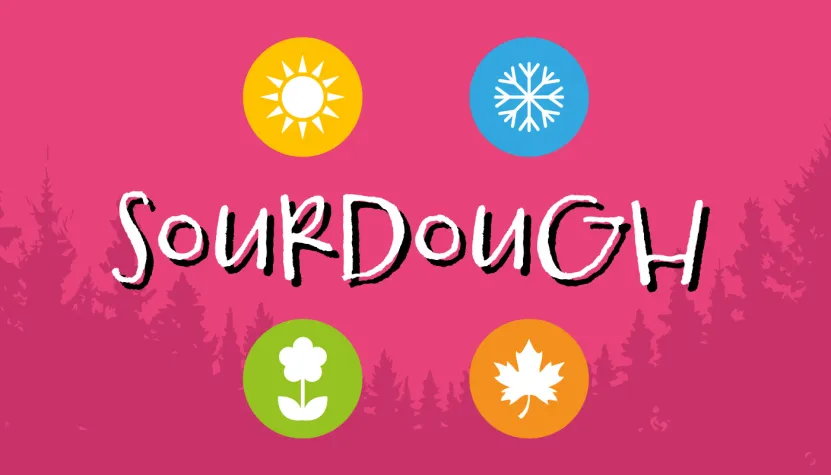
Sourdough
If you last all four seasons in the Yukon, you’re a sourdough. To the rest of us, it’s a delicious bread we learned how to make over the last couple of years. It’s all in good Canadian spirits though, and you know you’re in for a warm Yukon welcome when you get there.

Now, be honest. How many of these did you actually know? Better yet, how many can you use in a sentence? Canadian slang is unique to each area, but there’s a common thread that ties everything together—the locals are extremely proud.




